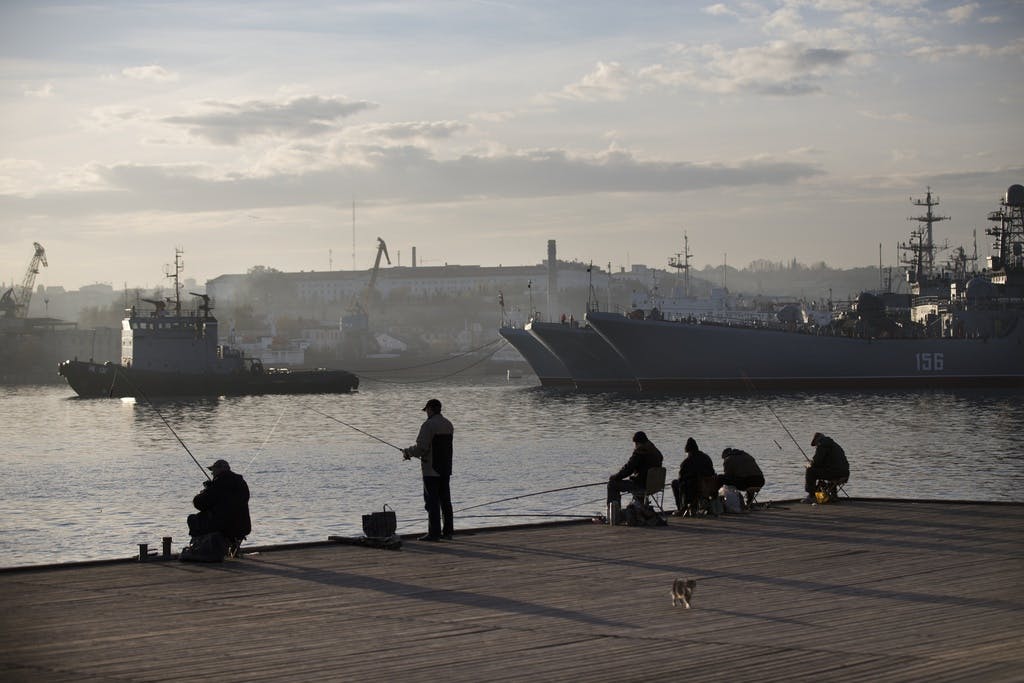Ukraine Knocks Out Moscow’s Black Sea Landing Ships, Leaving Russian Navy ‘Inactive’ There for First Time Since 1783
Given the regional chess game, Russia has little hope of making a naval comeback.

With precise strikes by cruise missiles and sea drones, Ukraine last weekend knocked out the Russian Navy’s last three landing ships operating in the Black Sea. This effectively lifts thcoe threat of beach landings on Ukraine’s coast for the duration of the Russia-Ukraine war. At the same time, Ukraine has pushed Russia’s Navy out of the Western Black Sea. With export sea lanes now open, Washington recently raised its estimate of Ukraine’s grain exports to the world by 34 percent.
Given the regional chess game, Russia has little hope of making a naval comeback. Just prior to its 2022 invasion of Ukraine, Russia moved six landing ships into the Black Sea for “exercises.” After the war started, Turkey cited the 1938 Montreux Convention and blocked new warships from entering the Black Sea. They would have to pass through the sole entrance, the Turkish-controlled Bosphorus Strait.
A login link has been sent to
Enter your email to read this article.
Get 2 free articles when you subscribe.

